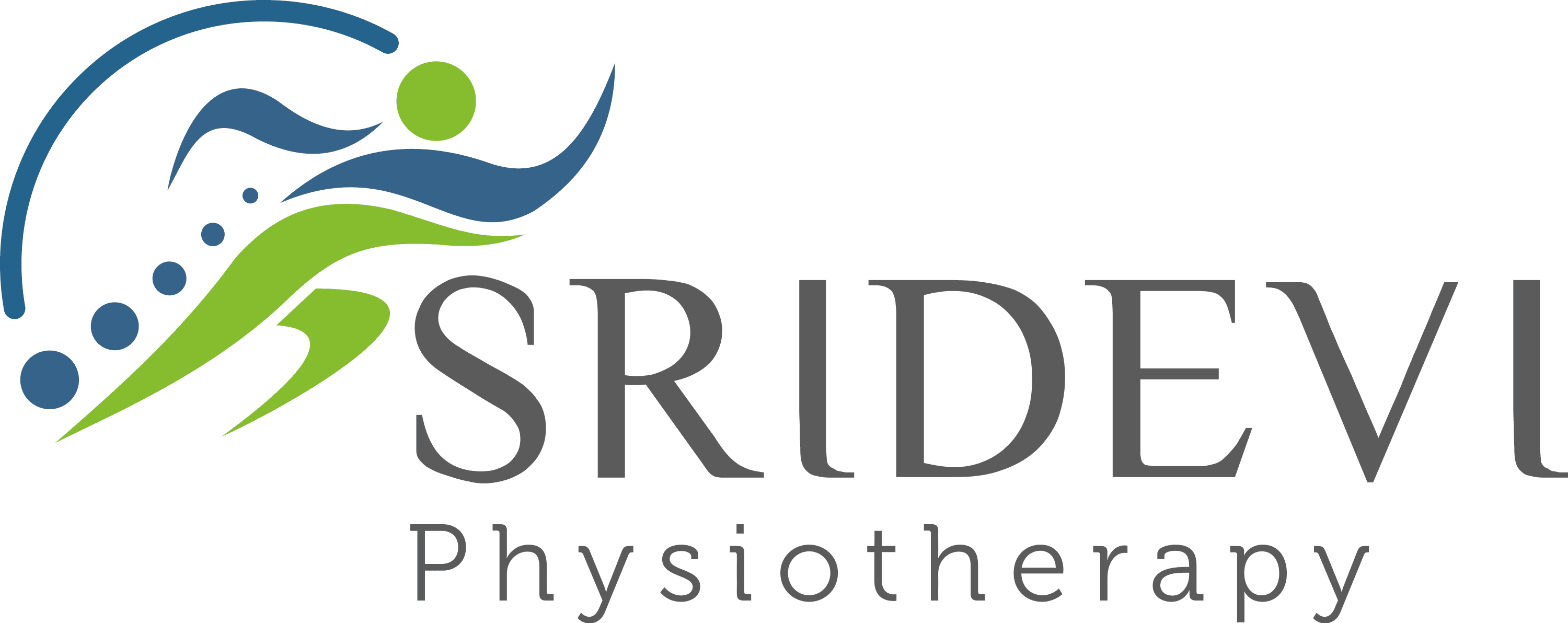Introduction:
Back pain, a pervasive issue affecting people of all ages and lifestyles, can be a debilitating obstacle to daily life. While there are various causes for back pain, physiotherapy emerges as a powerful and non-invasive solution for relief and long-term management. In this blog post, we’ll explore how physiotherapy offers a personalized approach to understanding, treating, and alleviating back pain, allowing individuals to regain control over their lives.
Understanding the Causes of Back Pain:
Begin by discussing common causes of back pain, including muscle strain, herniated discs, poor posture, and underlying medical conditions. Emphasize the importance of professional assessment to identify the specific cause and tailor a targeted treatment plan.
Comprehensive Assessment by Physiotherapists:
Explore the role of physiotherapists in conducting thorough assessments to pinpoint the root cause of back pain. Discuss how factors like posture, muscle imbalances, and lifestyle contribute to pain, allowing for a customized treatment approach.
Targeted Exercise Programs:
Highlight the significance of specific exercises designed to strengthen the core, improve flexibility, and correct muscle imbalances. Physiotherapists create personalized exercise programs to address the unique needs of individuals, providing a foundation for long-term back pain relief.
Manual Therapy Techniques:
Discuss the hands-on approach of physiotherapy through techniques such as massage, joint mobilization, and spinal manipulation. These interventions can help reduce muscle tension, improve spinal alignment, and alleviate pain.
Posture Correction and Body Mechanics:
Emphasize the role of physiotherapy in correcting poor posture and teaching proper body mechanics. Educate readers on how maintaining a neutral spine during daily activities can prevent recurrent back pain and improve overall spinal health.
Pain Education and Coping Strategies:
Explain how physiotherapists provide education on pain management, helping individuals understand their condition and develop coping strategies. This includes guidance on ergonomic practices, stress reduction, and lifestyle modifications.
Modalities for Pain Relief:
Introduce various modalities used in physiotherapy, such as heat therapy, cold therapy, and ultrasound, which can contribute to pain relief and accelerate the healing process.
Gradual Progression and Maintenance:
Discuss the importance of gradual progression in physiotherapy programs. Physiotherapists work with patients to set achievable goals, monitor progress, and establish long-term maintenance strategies to prevent the recurrence of back pain.
Conclusion:
Physiotherapy stands as a beacon of hope for those grappling with back pain, offering a holistic and personalized approach to relief. By addressing the root causes through targeted exercises, manual therapy, posture correction, and education, physiotherapists empower individuals to take control of their back health. This blog aims to provide valuable insights into the world of physiotherapy and inspire those seeking relief from back pain to explore the transformative possibilities offered by this effective and patient-centric approach.

